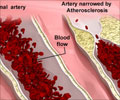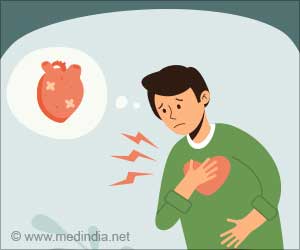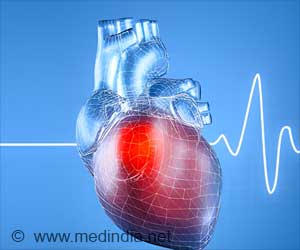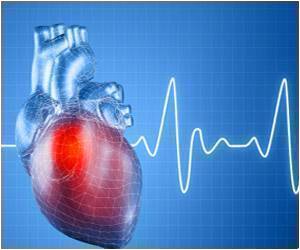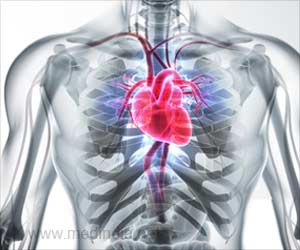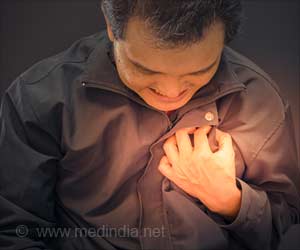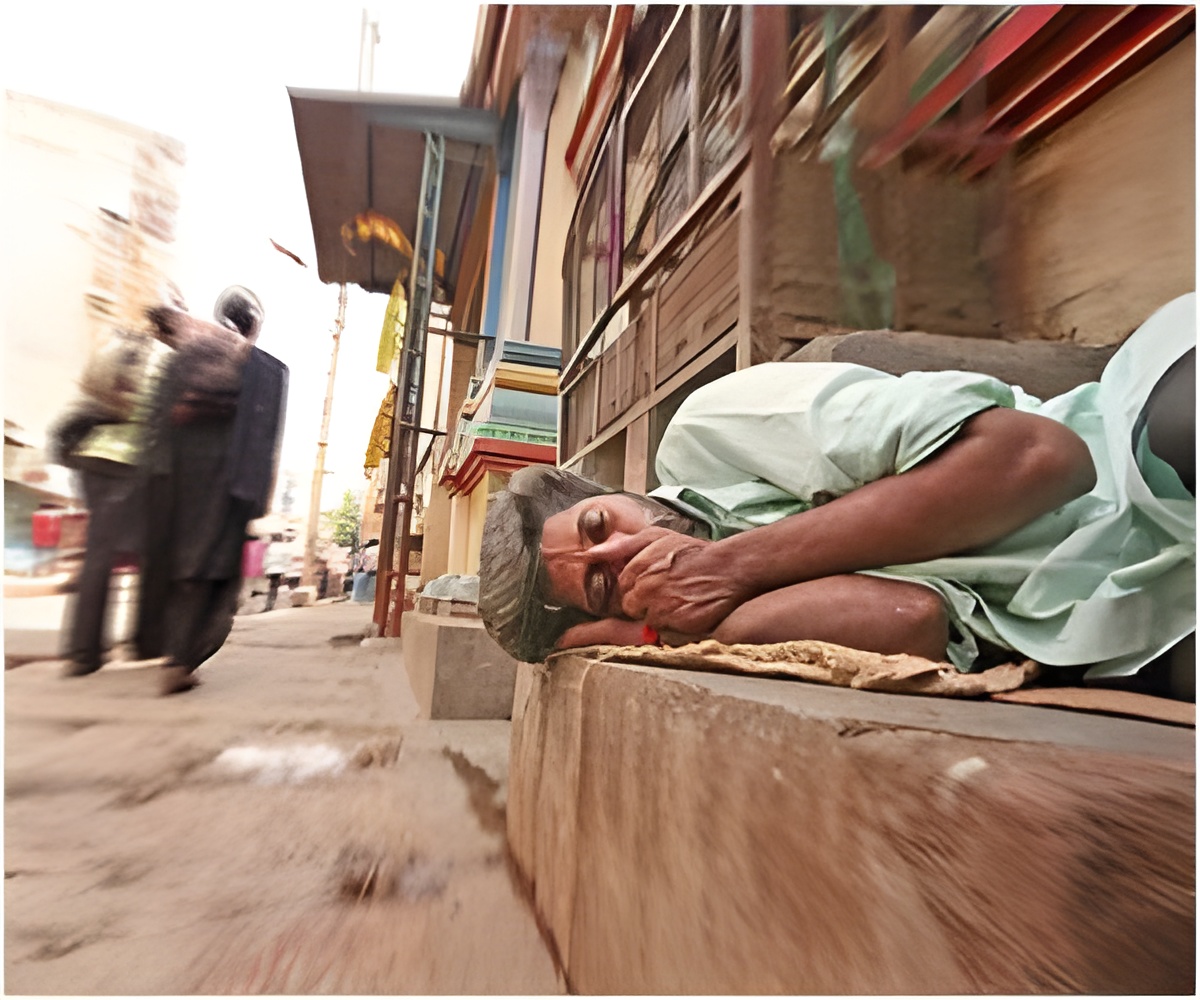
‘Challenges in predicting initial risk, limited access to health care and difficulties in long-term management increase the risk of cardiovascular disease among homeless populations.’
Tweet it Now
While the prevalence of hypertension and diabetes among homeless individuals is similar to that of the general population, it often goes untreated, leading to worse blood pressure and blood sugar control. Smoking remains the largest contributor to cardiovascular disease mortality in homeless populations, with an estimated 60 percent of ischemic heart disease deaths attributable to tobacco. Although, according to the review, most homeless individuals have a desire to quit smoking, quit rates are only one-fifth the national average. Homeless populations are more likely to heavily drink and have a history of cocaine use, which have been linked to congestive heart failure, atherosclerosis, heart attack and sudden cardiac death. Twenty-five percent of homeless people have a chronic mental illness, contributing to cardiovascular disease risk and complicating diagnoses by impacting motivation to seek care.
In this review, researchers note that none of the current cardiovascular disease risk prediction models used in clinical practice have been confirmed in homeless populations, creating a gap in knowledge for the treatment of non-traditional cardiovascular disease risk factors.
"Clinicians need to make a concerted effort to overcome the logistical hurdles to treating and preventing cardiovascular disease in homeless populations," said Stephen W. Hwang, MD, MPH, director of the Centre for Urban Health Solutions of St. Michael's Hospital, and the review's lead author. "Half of homeless individuals don't have access to a consistent source of health care, making follow-up visits and lengthy diagnostic tests a challenge. It's our duty as health care providers to adjust our practices to provide the best possible care for these vulnerable patients."
The authors determined homeless patients are more likely to utilize the emergency department, contributing to a cycle of care focused on immediate needs rather than long-term management. Without health insurance and permanent housing, homeless patients struggle to adhere to medication that requires multiple doses per day.
Advertisement
Recent studies show anywhere from 44 to 89 percent of homeless individuals have cell phones. The review authors suggest that appointment reminders delivered via text message may enhance follow-up visits.
Advertisement
Source-Eurekalert



